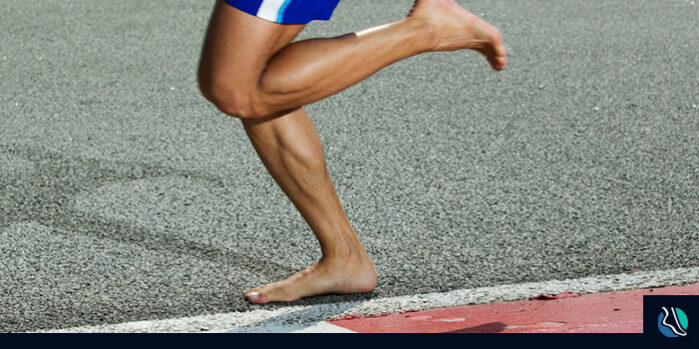The minimalist running and shoe revolution was inspired by the book Born To Run by Christopher McDougal. Although the book is quite convincing, the transition to barefoot, or minimalist running, is more challenging than it appears. I would also add that some people may never successfully make the transition without risking injury.
Here are some key points to keep in mind when considering minimalist running:
- Runners wearing minimalist shoes must make the switch to a more forward contact to obtain the benefits normally imparted by a mid-sole. To clarify, the runner’s foot would need to contact the ground with his forefoot instead of a normal heel strike. Excessive heel strike leaves a runner susceptible to stress fracture and other injuries.
- Even after years of barefoot running, 35% of runners continue to heel strike.
- Why not use a 10mm insole instead? They improve the storage and return of energy without sacrificing efficiency or proprioceptive sensation. Proprioception is how the foot knows what position it is in during gait (while walking or running). You can refer to our previous blog post that shares Key Tips in Selecting the Correct Pair of Running Shoes to fully understand the relevance of midsole thickness.
- Runners with a narrow forefoot are much more likely to be injured, especially if they have a low arch and/or tight calf muscles.
- Minimalist shoes are effective at strengthening the muscles of the arch, but to avoid injury this is best done while walking or slow jogging.
- While not recommended for long distance, minimalist shoes are a great addition to a training routine especially on soft dirt or grass. This may not improve running performance, but will increase arch muscle tone.
Have you adopted Barefoot Running? Share with us your experience. Feel free to leave a comment adding to this list!
How Useful Was The Information On This Page
[rating_form id=”1″]







